8 Free Media Players That Support GPU Acceleration
There are a plethora of media players available for Windows. But not all of them use your computer's hardware to provide high-quality and fluid media playback. This is because these media players still use software decoding when playing videos.
In addition to using more CPU, software decoding just doesn't provide the level of quality that GPU accelerated media players provide.
Not all GPU accelerated media players are worth it, but the ones that are can be found in this list.
1. GOM Player

GOM Player is another popular media player that comes with a premium version as well. But even in the free version, users can opt to enable hardware acceleration to play demanding videos smoothly.
Additionally, GOM Player also has a nifty Hardware Acceleration Wizard that allows users to select the decoder for each specific codec. The decoders supported by GOM Player include Intel HEVC Decoder, Intel QuickSync Decoder, NVIDIA CUVID, and DXVA 2.0.
There is only one caveat. The CPU usage does remain high in some cases but not as much as you would encounter when using software decoding.
Download: GOM Player for Windows (Free + $25 for GOM Player Plus)
2. Kodi Media Center
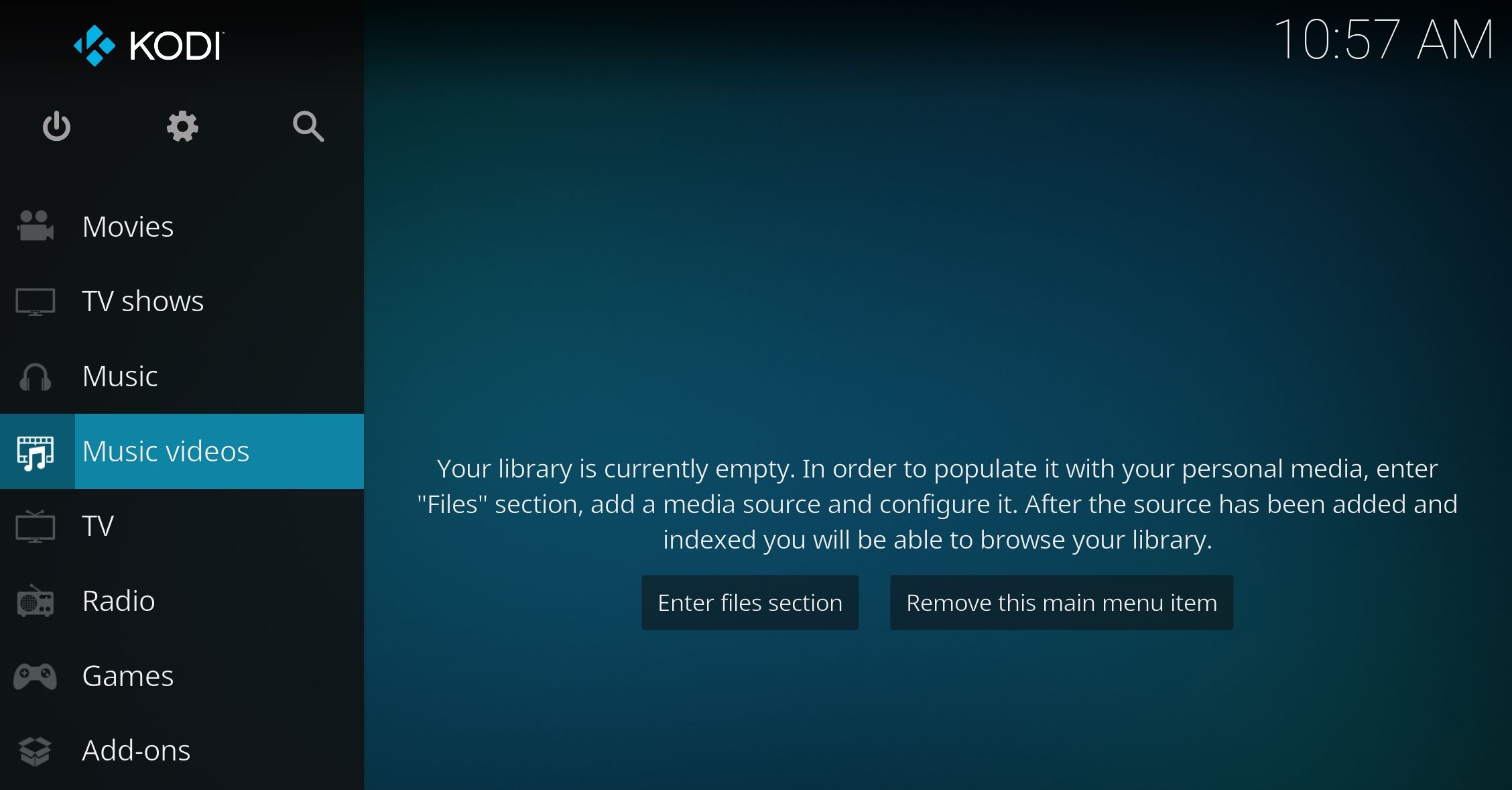
Kodi is an open-source media player that also doubles up as an all-around media center. Users can access their entire media library from one clean interface.
The best part is that Kodi supports DirectX Video Acceleration (DXVA) that allows the media player to utilize your graphics hardware when playing videos. This is going to make 4k video playback much smoother.
By default, hardware acceleration is disabled in Kodi. To enable it, open Kodi and navigate to Settings > Player > Allow hardware acceleration - DXVA2.
Download: Kodi for Windows (Free)
3. PotPlayer
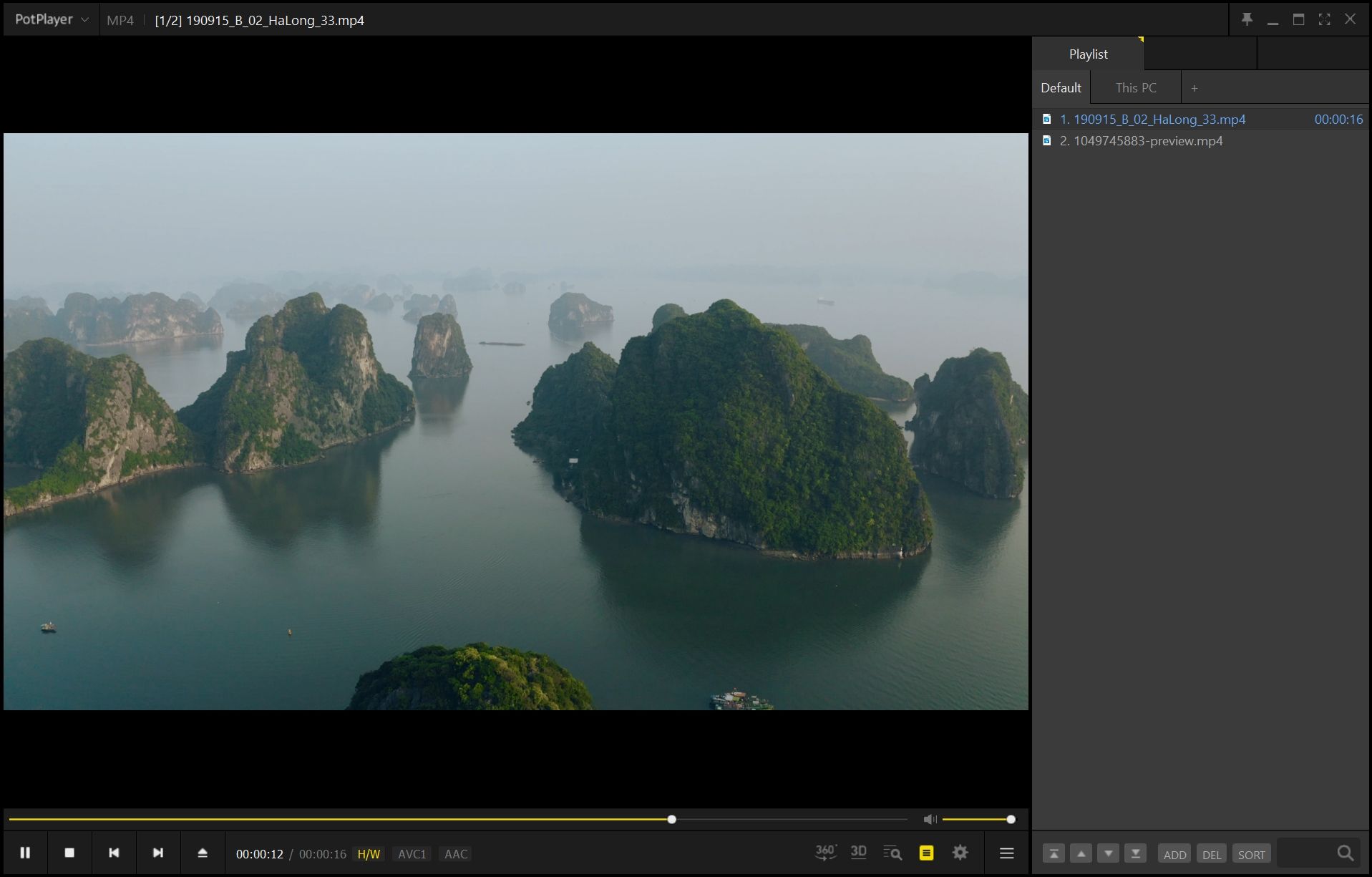
PotPlayer is another user-friendly media player that uses GPU acceleration to play videos. Unlike other video players in the list, users can can simply enable or disable hardware acceleration using a single button located towards the bottom of the video player.
PotPlayer also uses Microsoft's DXVA decoding in order to play demanding videos. But users should ensure that Windows and graphics drivers are all updated to the latest version.
Also, PotPlayer is a good dedicated music player, as is evident from its position on lightweight Windows music players that don't sacrifice features.
Download: PotPlayer for Windows (Free)
4. MediaPortal
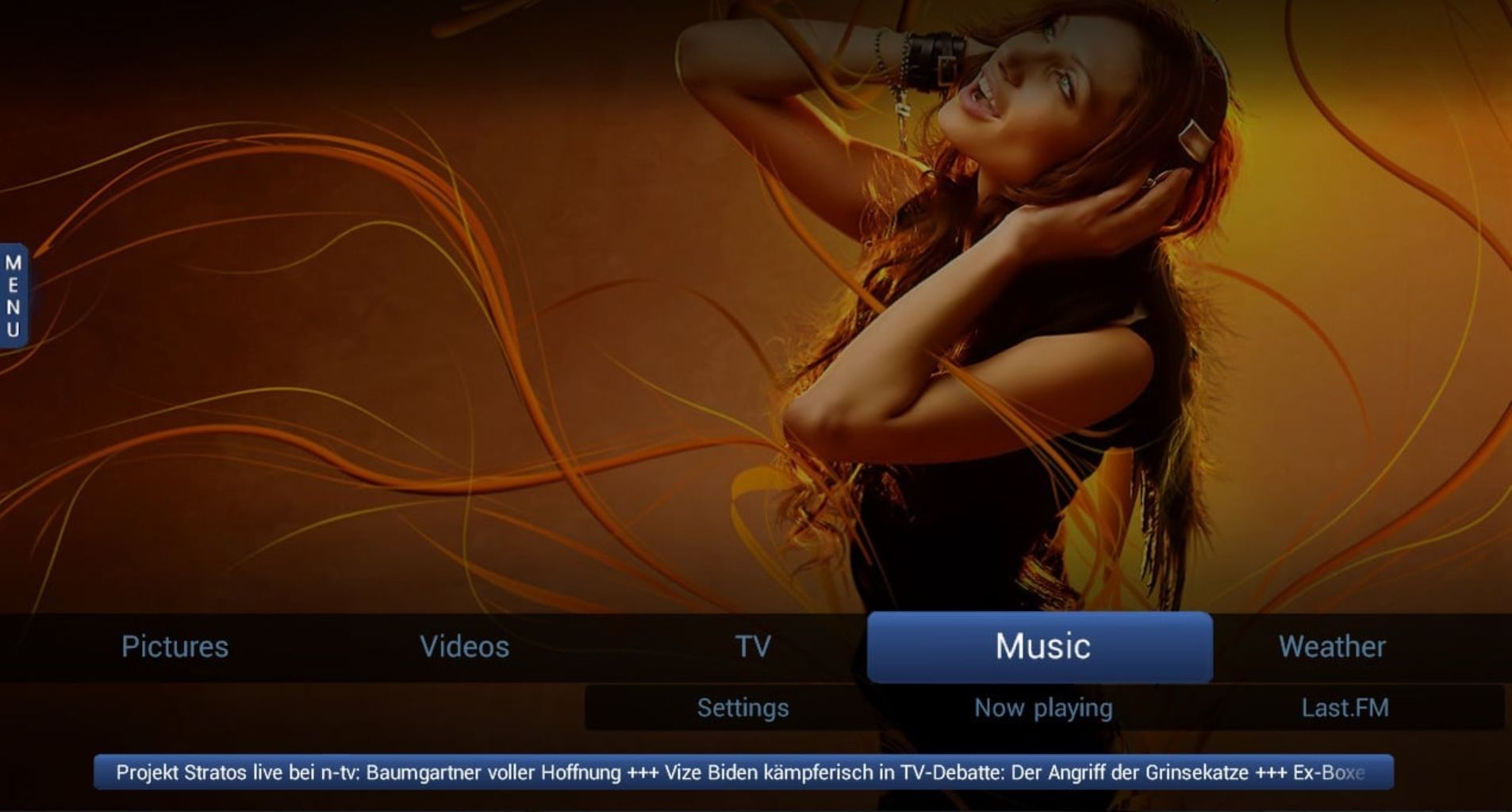
MediaPortal is another open-source media center similar to Kodi. It can also be used as a digital video recorder when the need arises.
The media player also has one of the most efficient GPU acceleration features in this list. It is not at all resource-intensive and can easily be used by novice users. Users can also listen to music and watch video using the MediaPortal media player. There is a built-in RSS feed reader as well.
It supports hardware acceleration from all major video cards, including NVIDIA and AMD.
Download: MediaPortal for Windows (Free)
5. VLC Media Player
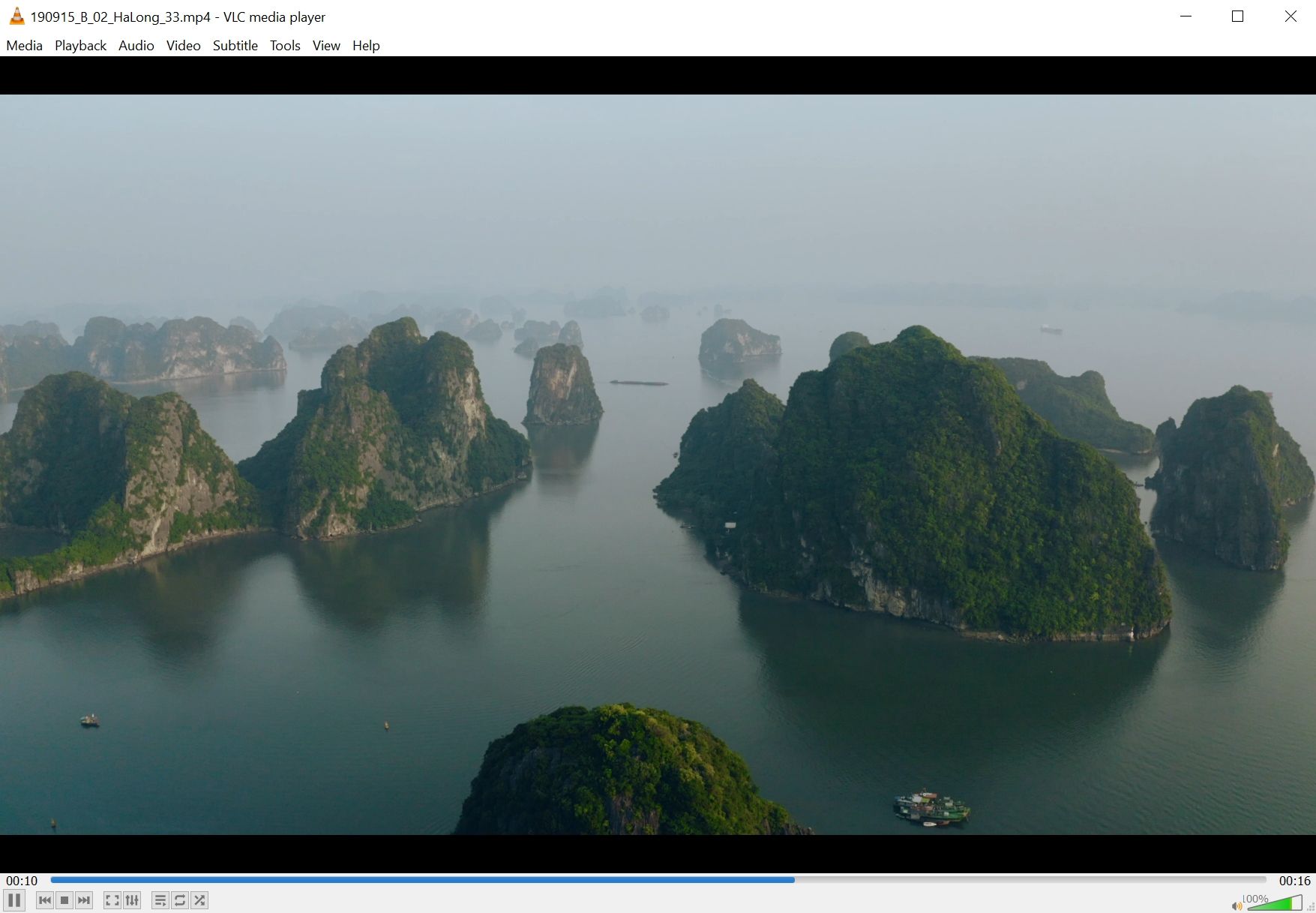
Almost all Windows users have heard of VLC Media Player, and not without good reason. It supports almost all video formats and plays them without stuttering, thanks to good hardware acceleration.
It supports Direct3D 11 Video Acceleration as well as DXVA 2.0 hardware acceleration. Rest assured, all popular video formats will be played using GPU acceleration in VLC Media Player.
VLC also supports higher volume levels than what you would normally get using other media players. There are other secret features hidden in the free version of VLC Media Player for users to explore.
Download: VLC for Windows (Free)
6. Media Player Classic Home Cinema
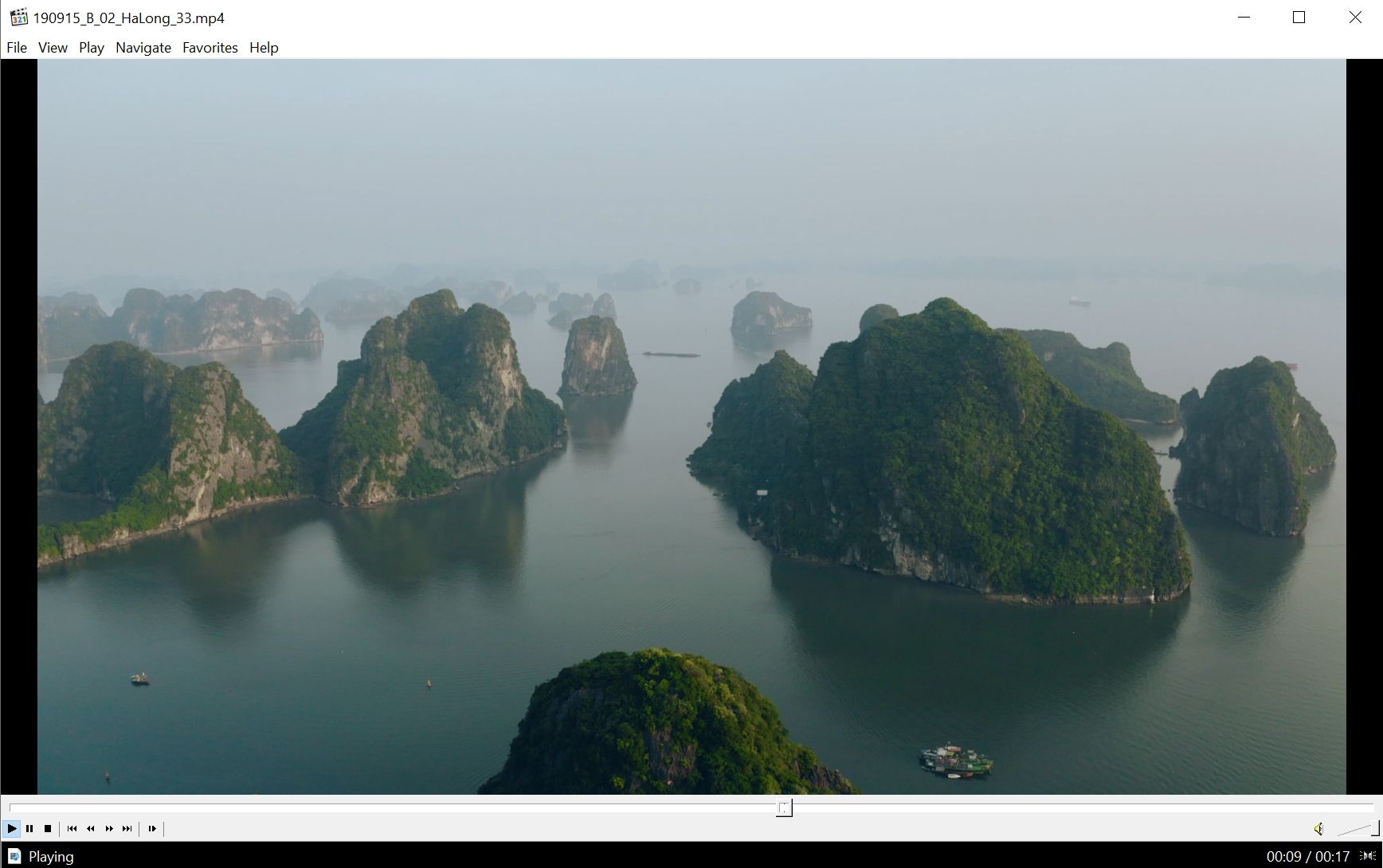
True to its name, Media Player Classic Home Cinema is a simple media player that does its job exceptionally well. The focus here is on playing videos and music without any hassle. There are no unnecessary features and the UI is minimalistic and looks like it's from the 1990s.
The open-source media player uses hardware acceleration to play videos. As a result, it doesn't use much of your computer's CPU. Again, Media Player Classic Home Cinema uses DVXA decoding to play high-resolution videos.
However, Media Player Classic Home Cinema stopped development in 2017, so it doesn't support all video formats using hardware acceleration.
Download: Media Player Classic Home Cinema for Windows (Free)
7. Windows Media Player

Windows Media Player comes bundled with Windows and over the years, it has improved a lot. One of these improvements is the added functionality of GPU acceleration.
As expected, Windows Media Player uses DXVA for decoding videos. The only limitation is that it only uses GPU acceleration when playing WMV files. This means that popular formats such as .mp4 will not use hardware decoding when played using the Windows Media Player.
Nonetheless, if you have WMV files and don't want to download additional software to make the best out of your GPU, Windows Media Player is the way to go.
Additionally, the option may not be enabled by default, so users need to go to Options > Performance and then check the Turn on DirectX Video Acceleration for WMV files.
8. MPV Media Player

When it comes to simplicity, there is no match for MPV Media Player. In fact, the media player comes in the form of a portable package that you can install easily on a USB drive. The software is open-source, and unlike others in this list, it provides powerful scripting capabilities.
The media also comes with hardware acceleration and support for a wide variety of video formats. To play a video, users have to simply drag and drop a video onto the UI.
In terms of user interface, there isn't much. MPV only provides a basic layout to control video playback, and there is no options menu, etc. This makes it one of the lightest media players available for Windows.
Download: MPV Media Player for Windows (Free)
GPU Acceleration Is Usually Better
While GPU acceleration is usually recommended, there are certain instances when users will want to use software decoding. Some users may have older GPUs and using hardware decoding may cause the computer to heat up. Also, certain GPUs don't support hardware acceleration in the first place.
There may be instances when users have integrated graphics cards that don't use hardware acceleration. In such cases, CPU usage will always be high.
source https://www.makeuseof.com/tag/free-media-players-support-gpu-acceleration-windows/
Post a Comment for "8 Free Media Players That Support GPU Acceleration"
Comment when there are difficulties